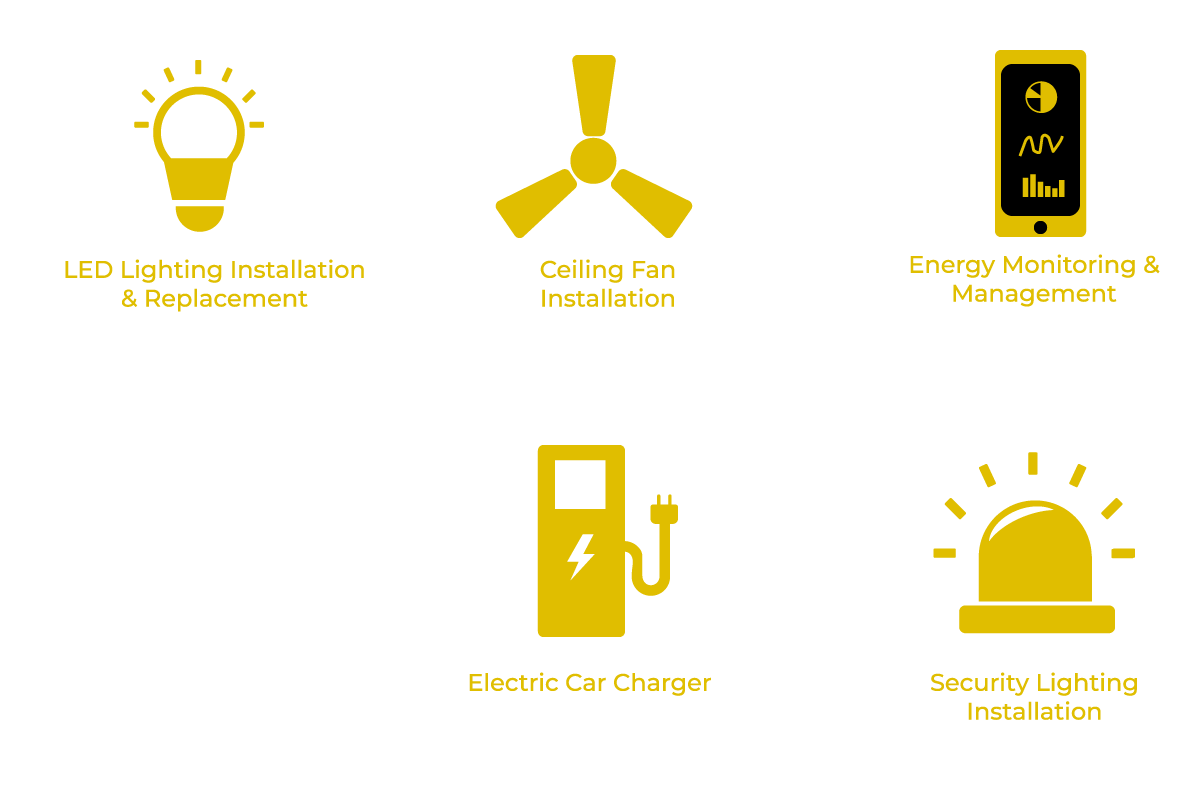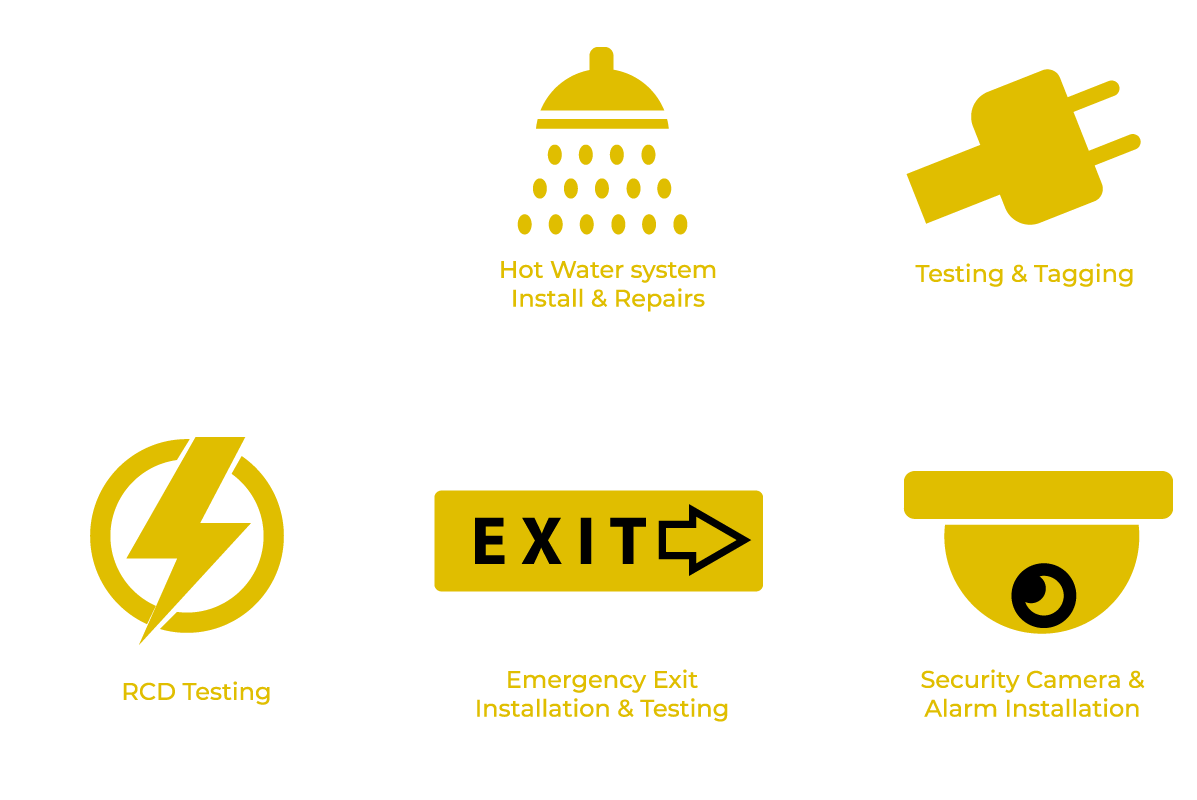Living the Dream
Off Grid
Hybrid
Confused?
Here are the steps we take, to guide you through.
Off-Grid Solutions
More and more people are looking to live a more sustainable and eco-friendly lifestyle with a big part being moving their reliance for energy from mains power to solar power. Innovative solar and battery technologies are making it more efficient and a lot cheaper to move off-grid, so there has never been a better time to “Stick it to the Man”. ACDC energy is an Off-Grid specialist customizing the systems to meet you living needs, whether you want to rough it or live in complete luxury.
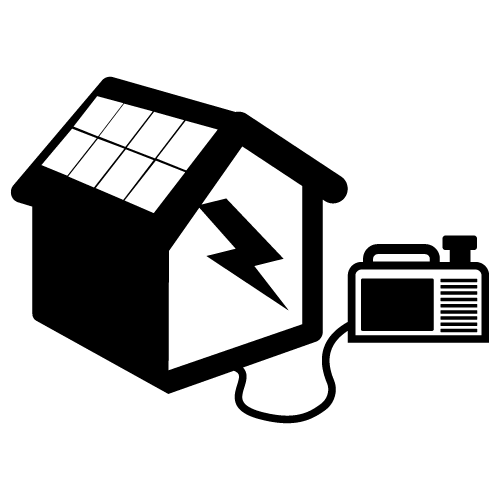
Off Grid Living
For – Independence from the Utilities, Green power to a degree reduced costs against having the Utility install a grid connection.
Against – Costs, lack of technical knowledge, power, and energy restrictions. Sizing and dedicated room of product required, extra safety issues. Some maintenance required over time.
Expectations
Your safety is important to yourself and myself. Batteries do require maintenance and can be dangerous if not correctly inspected or looked after.
Battery life span depends upon how high and how low the temperature will get at site and what conditions the batteries are exposed to. Also very importantly what Depth of Discharge (DoD) they are discharged to.
Generators
The generator that we suggest you supply is a 2 Wire Auto start generator. The fuel type is diesel. A pure Sinewave with a >5% THD. It is solar ready.
You will may require a generator that is larger than the inverter size so that the home load can be covered at the same time, the battery bank is charged. It will depend upon which type of off grid inverter you chose. Generator size to be calculated inline with AS4509.
The Generator is suitable in size to cover load and charge the battery bank, (when required)
At times the generator will require servicing and maintenance.
If you have left the grid and have more than 2 days of bad or inclement weather, you may have to turn off some load if the batteries were totally discharged (empty) and it was a bad weather day (raining) and you were into your 2nd day of this.
IE turn off some load to cover load and charge the battery bank from the generator. The only way out of this is to increase your purchase budget (more battery Ah) or continue to run the generator constantly until weather clears.
As an example you you may need to turn off the Toaster, Washing machine and pressure pump when charging batteries once DoD and Autonomy has been met.
Autonomy
Autonomy is greatly affected by your budget, the battery bank size, the weather and your load.
The more Autonomy, the more costs, by adding to the battery bank. Please ensure you tell Terry Davis in writing prior to a quotation or design acceptance if this is the case.
Expandability
Some off grid systems can also add a larger battery bank in line with the same voltages of the existing bank, size and brands. To expand here you will need to add more than one battery. Voltages must match. You may have to also add more or a large battery box and circuit protection and perhaps anther inverter set.
Operation
The PV array (solar panels) collect the suns energy via the photovoltaic effect. They only work in the day when the sun is shining. This DC energy is the feed or delivered through the Radox 4mm DC cable to the DC roof top isolators and through the DC isolators at the inverter. These isolators are in place to prevent back feed of DC energy and to protect the cable in the event of over current. These are a serviceable item.
The array has an earth cable connecting the hardware to prevent electrical shock. This is tied into your AC earthing bar and earth or ground stake. Earth size dependent upon inverter size and load.
The DC energy during the day is then fed to the AC Coupled inverters which convert the energy to AC and feed the switchboard in the day , they also feed the Off grid inverter which converts the energy back to DC voltages to charge the battery. The Off grid inverter controller, (power station) will charge the bank at different rates at different times.
The Battery bank is protected in-between the inverter and charge controller by a battery fuse or battery fuses. These are HRC DC fuses and as per the PV array help protect the battery and battery cables under hazard or fault conditions. It also provides isolation from the batteries while the switch is OFF. DC Large Circuit breakers can be used.
Inside the HRC fuse holder, or what we call the “rat Trap” are three fuses. Two are being utilised.(Pos + and Neg -) The middle on is a spare , for service or should one in the future blow.
The battery bank and the Battery inverter can feed DC solar PV energy and DC battery energy to the inverter. The Off grid inverters job is to convert the DC power to AC power. What we or you know as 240 AC.
This AC voltage allows you as a customer to provide normal everyday households items to plug into your power points for operation or to enjoy your lifestyle.
At times and within Winter the generator may/will cycle and run. Thus ensuring your load is covered when solar PV production is low. The Off grid inverter should turn this generator on and off at times.
As a safety precaution please do not put an objects especially fuel near or on or around the generator as it can and will remotely start.
Off Grid SPS system require special knowledge, training and safety. All of them require regular maintenance.
It is normal and when trained you can have a safe and enjoyable off the grid experience.
Selectronics
SP PRO Series 2i
The world’s smartest bi-directional inverter charger now comes with built-in advanced communications as standard.
Whether you live (or want to live) off-grid, or on-grid and want to add battery storage, the SP PRO bi-directional inverter charger can control and manage every aspect of your energy needs. By incorporating solar, wind, hydro, with a diesel generator and/or grid supply, you can be sure your whole site will never be without power.

REDBACK
The Smart 3-Phase Hybrid System
Redback’s Smart 3-Phase Hybrid System is a robust hybrid solution designed for three phase homes or light commercial installations.
The system combines a 10kVA solar inverter with two standard battery storage capacity options of either 9.6 or 14.2kWh and an option for an extended capacity of 19.2 or 28.4kWh. The Smart 3-Phase Hybrid System also includes a pre-wired BoS and integrated isolators to ensure a fast and easy installation.
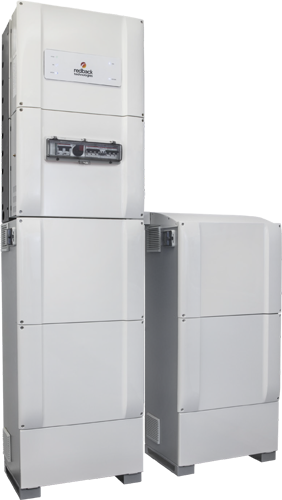
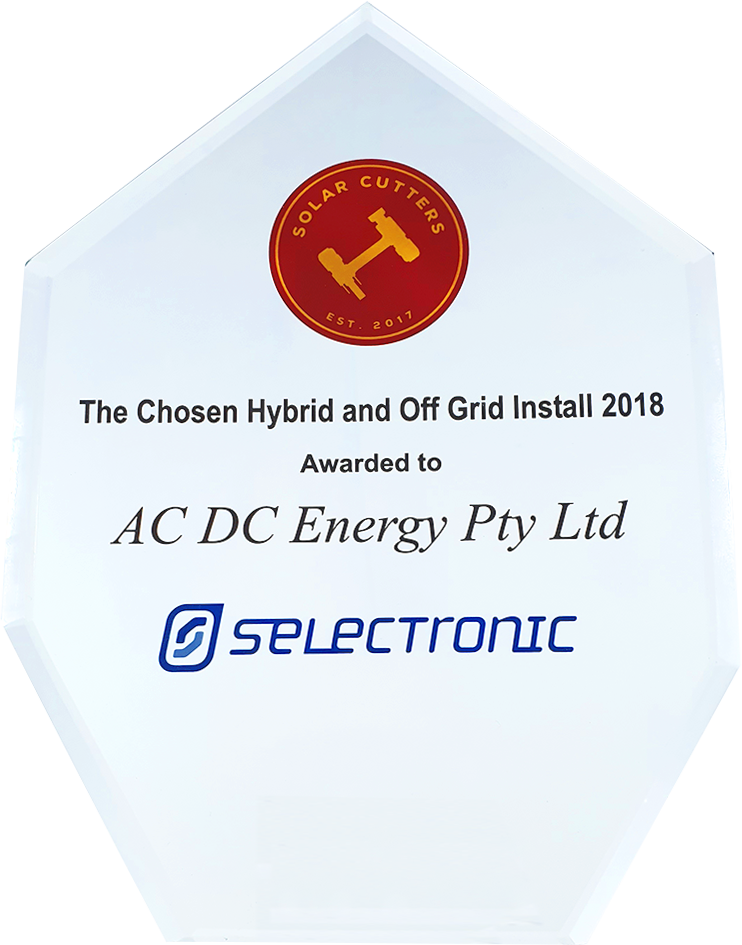
Terry is easy to work with, he is honest, he is reliable and I would have no hesitation in recommending him.
Hybrid Solutions
Hybrid solar is a typical pv system with the addition of batteries, often used to store excess power so that it can be used to offset peak load or night time use. It is generally not intended to take a household ‘off-grid,’ however, in many cases, it has the capability to do so.
Solar PV
D.C Coupled Hybrid
Modern Off-grid systems are now AC coupled or a maybe a mixture of AC plus a small amount of DC coupling.
So now that we’re all on the same page where to from here?
What is the right system for you? Which batteries should you use? Is it cost effective and why install hybrid Solar?
For most people, the common scenario is going to be an AC coupled system using a Hybrid inverter, such as a “Selectronic” inverter or “Redback” Inverter – Both Australian Companies. A system like this can be selected as an add-on, and allows for complete off-grid functionality at a later date. There are a number of design considerations to look at when selecting a hybrid system. These can have a dramatic effect on operation and costs involved so should be considered closely.
Storage Capacity
What are the costs of Hybrid Solar?
1 Electric storage hot water
2 Electric Oven
3 Gas or electric hot plates
4 Ceiling fans
5 Intermittent AC used only during the day
6 Fully featured AV, TV and computers
7 Lighting
The first thing is to ensure that the electric hot water and Air conditioning where possible are set to run during the day. This allows us to put up more highly cost effective solar P.V, and at the same time reduce the required battery capacity. We then use these appliances as a load for excess P.V generation meaning that we don’t ‘export,’ as the power is either used into your appliances. This allows us to factor most production against the tariff rate of $0.30c per kWhr inc GST. There is no need for night/economy tariff’s as the loads are allocated against P.V, which has an installed cost of around 7c per kWhr.
The next trick is to maximize PV capacity to ensure that even on cloudy days we are still generating ample amounts of power. For some people this won’t be possible due to a lack of roof space, however once all roof faces are considered most homes can fit the required 5 to10kW of panels. To ensure that we have enough generation, the minimum is 1kW of panels installed for every 1kWhr of storage. This is a rough guide and depends on day time usage. If Roof space is limited, it may require us to use high efficiency solar panels, such as our premium SUNPOWER panels in your design.
A.C Coupled Hybrid
Peak Draw
Depth of Discharge and Battery Life
For the home or business however, the batteries will be discharged on a daily basis and it therefore becomes important to consider how many times this can occur before the batteries will begin losing capacity, or fail altogether. Finally one needs to consider the rate of discharge and any environment factors such as physical space, temperature and weight.
Hybrid Solar Costs – The End Result
Therefore the most cost effective method is to operate hybrid solar, which would give us total system costs starting at approximately $10K giving a payback period of 5 to 10 years and an ROI of about 20+% p.a. It’s important to remember that the life cycle of the system is 15+ years with most modern battery systems
It is also worth remembering that electricity prices will not remain the same. If electricity prices rise then the final result will be far more beneficial. Furthermore at the 15year mark, the batteries may need to be replaced, however the panels will continue producing for up to 25 years resulting in a second investment cycle with much higher returns.
Hybrid Solar Calculator
The calculation of hybrid solar production values and hybrid costs is extremely complicated and involves both modelling software and very detailed spreadsheets. If you are interested in a hybrid solar calculator specific to your requirements, please contact us and we will model something for your specific situation.
Hybrid and Off-Grid systems if configured and or installed incorrectly can have a high failure rate. If you are looking at purchasing any type of battery enabled system a ‘cheap’ solution will almost certainly result in a bad investment with equipment failure and ultimately need replacing or expensive repairs.
ACDC Energy are battery system specialists and as part of our design process we provide detailed production estimates guaranteed in writing thereby ensuring that you get what you paid for , but most importantly you get a system that will perform as required year after year.
Battery Storage
How much Battery storage do I need?
- Are you happy just capturing your leftover solar for use at night (instead of exporting it), and you’re not overly fussed if this runs out during the night requiring you to buy grid power again?
- Or would you prefer enough storage to make it all the way through the night without needing to buy grid power too often?
You can use our calculator to help you figure out how much energy you use and how much battery storage you require.
- How much energy you consume at night (especially in winter) tells you how much storage you will need
- It’s all well and good having this much storage, but only if you have enough ‘spare’ solar to recharge it all
- If you already have solar, then how much you’ve been exporting to the grid during winter probably tells you how much battery capacity to buy (anymore and you won’t have enough solar to recharge it for part of the year anyway)
- If a hybrid system is not quite right for you and you’d rather go off-grid (‘Grid Defection’), then there’s nothing stopping you, but we can’t take any chances and will need to ensure you have the right technology, design and capacities needed to survive whatever is thrown at you. Off-Grid Systems have important differences to Hybrid Systems, and are roughly double the cost. Check out our Off-Grid Systems above.
Powerplus Batteries


Eco Series
When you need reliable and high performing energy storage with improved economics the PowerPlus Energy ECO Series has you covered.

LiFe Premium
The LiFe Series offers you reliability and superior performance, for all your commercial, industrial, defence, humanitarian, automotive and residential applications.
Pylontech Batteries

HIGH VOLTAGE ENERGY STORAGE SYSTEM
Along with the wide deployed residential ESS Phantom series, Pylontech is proud to announce our High Voltage energy storage system serving the commercial/industrial/grid level customers – Powercube series.



LOW VOLTAGE ENERGY STORAGE SYSTEM
As the leading vertically integrated manufacturer of lithium iron phosphate battery systems,Pylontech has provided various battery solutions for nearly all kinds of ESS applications.
BYD Batteries
BATTERY-BOX PREMIUM HVS / HVM
- Capable of High-Powered Emergency-Backup and Off-Grid Functionality
- Highest Efficiency Thanks to a Real High-Voltage Series Connection
- The Patented Modular Plug Design Requires no Internal Wiring and Allows for Maximum Flexibility and Ease of Use
- Cobalt Free Lithium Iron Phosphate (LFP) Battery: Maximum Safety, Life Cycle, and Power
- Compatible with Leading 1 and 3 Phase High Voltage Battery Inverters
- Two Distinct Modules to Cover the Complete Range of System Sizes
- Highest Safety Standards like VDE 2510-50


Tesla POWERWALL Battery Storage
When you are living Off-Grid, your energy storage company needs to be available 24/7 to answer questions and troubleshoot if the worst happens and the lights go out. We understand this responsibility and do not take it lightly.
Get a no obligation site inspection
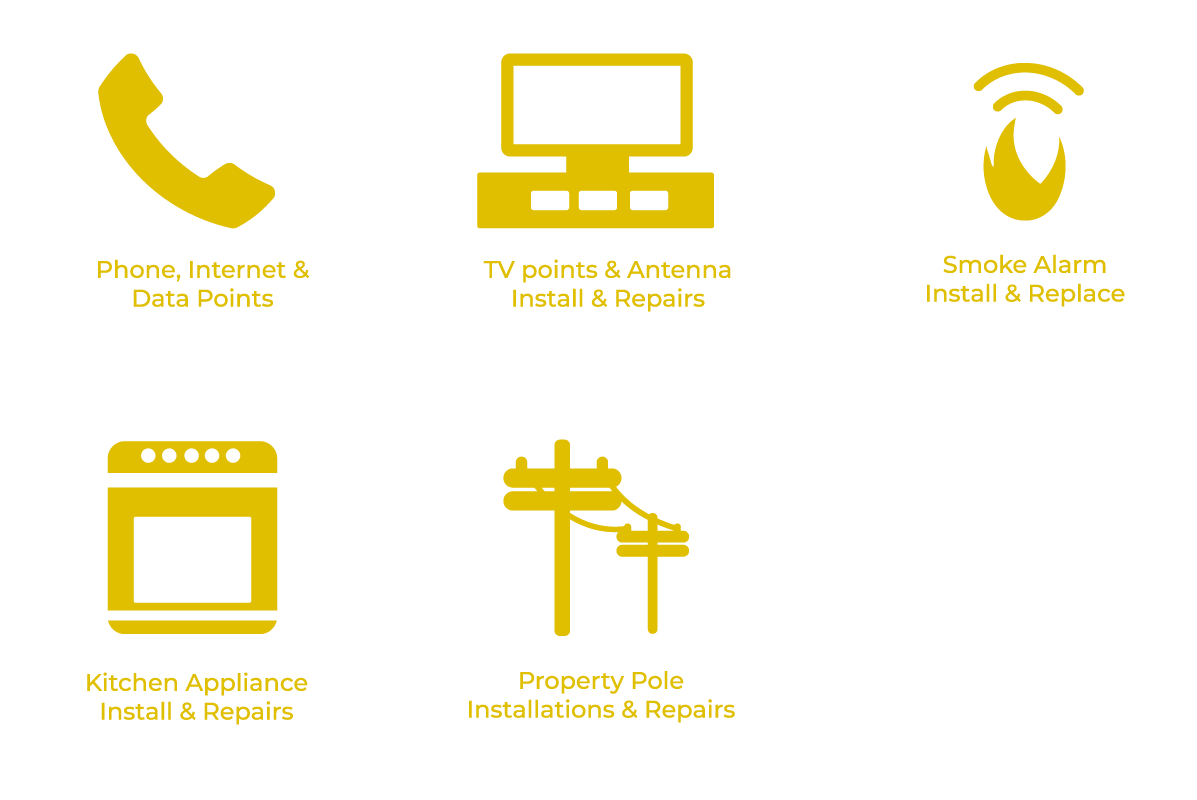

Residential & Commercial
